The Ministry of Defence has detailed how the British Armed Forces continue to assist the NHS in the fight against COVID-19.
Since the 18th of March 2020, the Ministry of Defence has responded to over 440 COVID-19 Military Aid to Civilian Authority (MACA) requests.
“As of 7 January 2022, there were around 1,800 military personnel committed to assist with 15 open COVID-19 MACA requests. This number is kept under constant review and military personnel will be available to support on tasks which meet the MACA principles.”
There are around 9,300 personnel on standby who can be called upon for UK resilience tasks.
Hospital support
The Ministry of Defence say that two hundred Armed Forces personnel have been made available to support the NHS in London amid staff shortages due to Covid-19.
“The Ministry of Defence will provide 40 Defence medics and 160 general duty personnel to support NHS hospitals across the capital. There are also currently 103 personnel already tasked with supporting hospitals in NHS Ayrshire & Arran, NHS Grampian and NHS Lanarkshire.
In early 2021, hundreds of defence medics deployed to hospitals across the UK to help relieve pressure on health care services including 115 personnel who deployed to Northern Ireland to support hospitals in Belfast. The defence medics joined the 1,600 personnel embedded within the NHS on a long-term basis.”
You can read the full thing here.


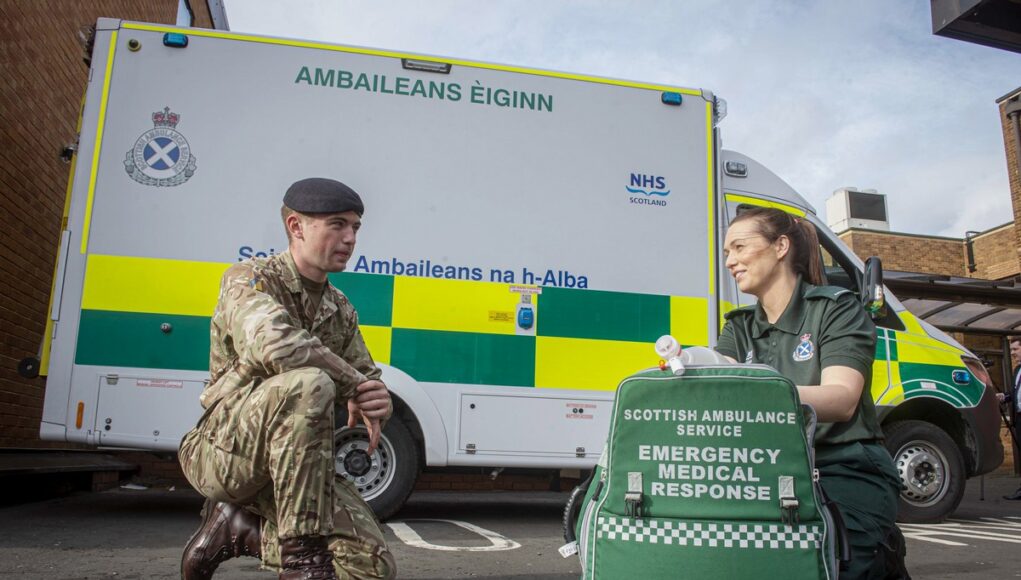


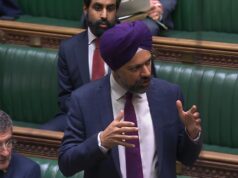
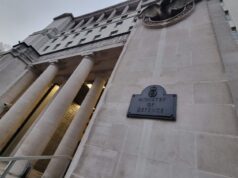
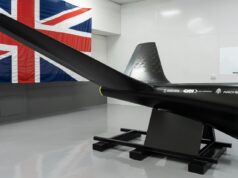
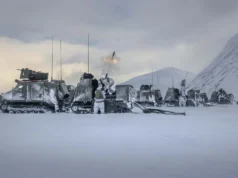
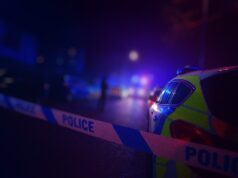
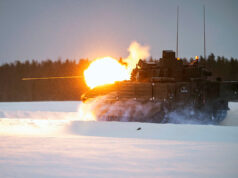
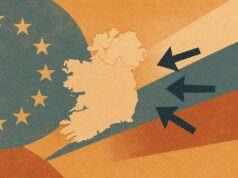
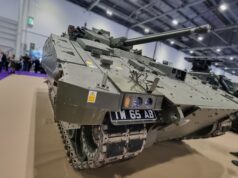

Just to be clear the NHS is not overwhelmed….nope nothing to see here move along move along….
And why don’t you think the NHS is overwhelmed?
I was being sarcastic something different. The NHS has been on its knees since wave one and people have been dying in droves because the can not access the care they need in time. But our political masters have kept on saying well if the NHS was overwhelmed we would look again….
I don’t get this situation. Of the 23 Medical Regiments / Field Hospitals in the Army only 8 are regular, meaning 15 are Army Reserve mainly made up of NHS staff. Don’t get me wrong, the Armed Forces are doing brilliantly to support the civil power in this crisis but key medical staff can’t be in two places at once.
Hi Rob, there are lots of key jobs that don’t need a healthcare professional, so although Paramedic ambulance crews tend to have two paramedics and that’s more about back up as well as allowing them to alternate between driving and looking after the patient, so you could have crew with a driver and a paramediic, it would be a bit less effective over a longer period of time but it would work for now. Also an army medic is perfectly able to act as a healthcare assistant (we have a lot of them coming into trusts anyway for training). There are lots of roles that just need a bit of common sense and a good pair of arms and legs, such as porters ( a hospital needs its porters and cleaners as much as anything else).
The reality is that 200 bodies is really a bit of tokenism if you think barts nhs trust has around 17,000 staff if they have a sickness rate of 15% that’s 2500 off work.
Oh for the short sight thinking of government and politicians. Think of all the military hospitals that were closed down 20 something years ago. How we could have used them over the past few years.
I wonder if we are the only western country that closed down military hospitals?
Probably not, but we are one of the few that closed them all down. With that came the reduction in full time military doctors, full time military nurses, reduction in military medicine development etc. People will be supprised at how many procedures or treatments that are now common was developed due to military needs. Things like superglue, the epipen,sanitry napkins, blood banks, ambulances, transfusions,penicillin, freeze drying, and not to forget the huge developments in burn/plastic reconstructive surgery, to name but a few military medical developments. This development line is now missing.
Hi Ron
I recall the closures caused a big fuss at the time, ( 1995 ) and I lamented them as cuts then, but not so much now.
Are you aware that the military has a wide footprint in NHS hospitals today? With military personnel working with the best SME, the NHS themselves? Those military personnel, from all three services including the QARANC, work with civilians and service personnel.
The military hospitals closed but the important bit, the staff, are still here.
Is the R&D line for medicine missing? INM at Gosport and Porton are still around, who knows what they are studying?
Morning DM, I did not realise that military nurses are embedded into the NHS. As for R&D I know its still going on but not quite at the same rate, one of the things that I noticed with the military was that needs drove development. An example would be myself, in 1982 I was very badly burnt, 39% of body second and third degree, I had for some areas of the burns plastic/silicon skin. From my understanding this was not in use in civilian use until the late 1980s early 1990s.
Understood Ron. And, Respect.
Yes, check out the DMG – “Defence Medical Group” Until a few years ago the varied units of the DMG were known as “MoD Hospital Units.”
( Another pointless rebranding, must cost a fortune )
Off memory, DM Units are located at Frimley Park, Portsmouth, Northallerton, Plymouth, and elsewhere. Tri service staffed and QARNS.
The main hospital used by the military is now at Queen Elizabeth in Birmingham, which has a military wing alongside the civilian.
You also had places like Headley Court, retained as a military rehabilitation facility. That has now moved to Stanford Hall.
As for medical R&D, and in other areas, I’m sure you are right. Cold War drove lots of development that would work its way to the civil sector. I believe today such exists with the “Black World” too. Stuff that is secret now in a few decades ends up in the “White world” and on into civilian life. Well, some of it…😉
Ron, where did you think the military medical personnel went to!
Not just nurses. Many RAMC/QARANC work in Military Hospital Units (MHUs) which are part of certain designated NHS hospitals. The deployable units (Field Force) clearly still exist but they aren’t treating patients in peacetime.
Medical and Dental centres in Garrisons still exist.
We will soon have more military personnel serving in the NHS than we have serving in the military!!
My question is. What does it cost to have the ambulances “signed” in Gaelic, when is appears that less than 2% of the population speak/read it.
Maybe the money would be better spent on staff rather than signage.